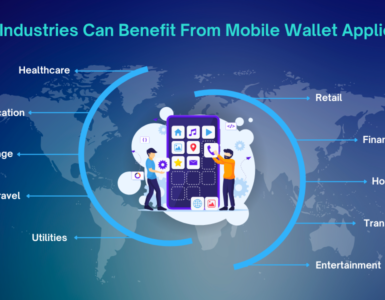Introduction:
In the worldwide, where data plays a crucial role in shaping industries, none are as dependent on the secure handling of information as the healthcare sector. The Health Insurance Portability and Accountability Act (HIPAA) was enacted in 1996 to address the growing need for safeguarding sensitive health information. HIPAA compliance is not just a legal requirement but a fundamental aspect of ensuring the confidentiality, integrity, and availability of healthcare data. In this article, we will delve into the basic rules of HIPAA compliance and why they are essential for healthcare organizations and it should be care when you are planning for Mobile App Development or Web App Development.
Protected Health Information (PHI) :
HIPAA compliance revolves around the protection of Protected Health Information (PHI). PHI includes any individually identifiable health information, such as patient names, addresses, medical records, and billing information. Covered entities, which include healthcare providers, health plans, and healthcare clearinghouses, must implement measures to secure and protect PHI.
Administrative Safeguards:
The administrative safeguards of HIPAA require organizations to establish policies and procedures that manage the conduct of their workforce in relation to PHI. This involves conducting risk assessments, implementing workforce training programs, and designating a privacy officer responsible for overseeing compliance efforts. By fostering a culture of awareness and accountability, organizations can reduce the risk of unauthorized access to PHI.
Physical Safeguards:
Physical safeguards focus on the physical protection of PHI. This includes controlling physical access to facilities, workstations, and electronic media containing PHI. Implementing measures such as access controls, secure storage areas, and policies for workstation use are crucial in preventing unauthorized individuals from obtaining sensitive information.
Technical Safeguards:
The technical safeguards of HIPAA involve the use of technology to protect PHI. This includes the implementation of access controls, encryption, and secure transmission methods. Covered entities must regularly assess their information systems and ensure that they have the necessary security measures in place to safeguard electronic PHI (ePHI).
Breach Notification:
HIPAA mandates that covered entities report any breaches of unsecured PHI. A breach is defined as the unauthorized acquisition, access, use, or disclosure of PHI. In the event of a breach, organizations must promptly notify affected individuals, the Department of Health and Human Services (HHS), and, in some cases, the media. Timely reporting is crucial for mitigating the impact of the breach and maintaining transparency.
Business Associate Agreements:
Healthcare organizations often collaborate with third-party vendors and service providers, known as business associates. HIPAA requires covered entities to have written agreements in place with these business associates to ensure they also comply with HIPAA regulations. This extends the responsibility for safeguarding PHI beyond the covered entity.
Conclusion:
HIPAA compliance is not just a legal obligation; it is a critical component of maintaining trust in the healthcare system. By adhering to the basic rules of HIPAA, organizations can create a secure environment for handling sensitive health information. Continuous training, regular risk assessments, and a proactive approach to security are essential in adapting to the evolving landscape of healthcare information protection. As technology advances, staying informed and implementing robust security measures will be key in upholding the principles of HIPAA compliance and safeguarding the privacy of patients. And These are applicable for world-wide countries.





Add comment